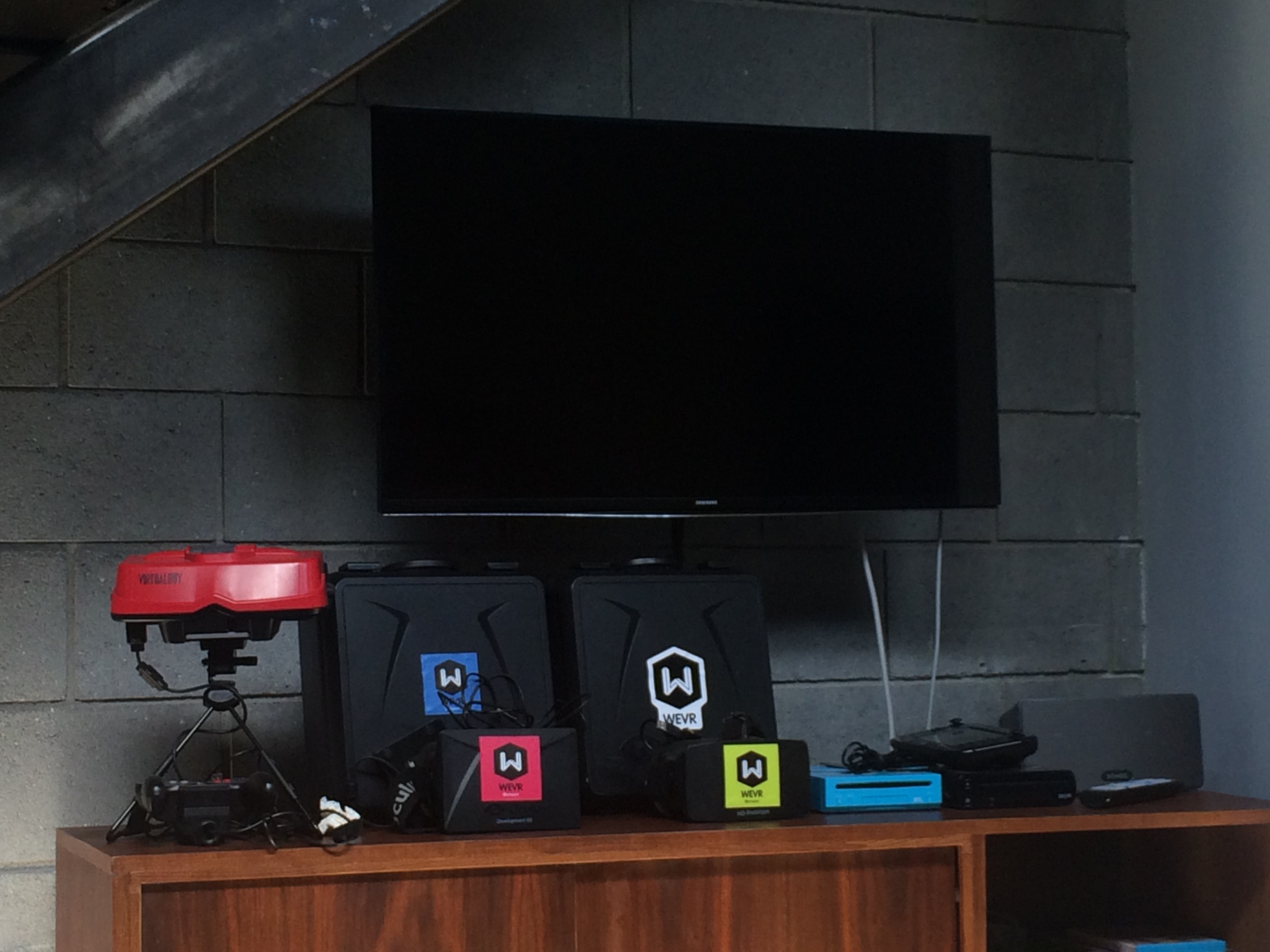What Happened
Physical pamphlets are about to get a lot more exciting thanks to the “Vivepaper” product from HTC. The Taiwan-based tech manufacturer has teamed up with Condé Nast China and created a digitally enhanced pamphlet for the December issue of Condé Nast Traveler (China Edition). Using the front-facing camera on Vive headsets, viewers can read the Vivepaper-enabled pamphlet in what the company calls “Augmented Virtual Reality,” where they can activate interactive content such as 360-degree photos and videos, 3D models, 2D content, and additional audio simply by touching and turning the pages.
More Chinese publishers are working with HTC to release Vivepaper-enabled interactive printouts of their content, including China Daily 21st Century English Newspaper, Caixin VR, and the Publishing House of Electronics Industry. Vive is also in discussions with major western publishers to bring Vivepaper to a global audience soon.
What Brands Should Do
This cool invention promises to bring new dimensions to print materials, giving print media companies and brands a way to incorporate digital content into existing print products. Combining the immersion of VR with the haptic interactivity of print material, it creates a powerful tool for grabbing consumer attention. Therefore, brands seeking to make their print marketing material more engaging should keep an eye on this product’s availability and consider working with content creators to develop interactive experiences suitable for this new VR opportunity.
Source: PR Newswire


